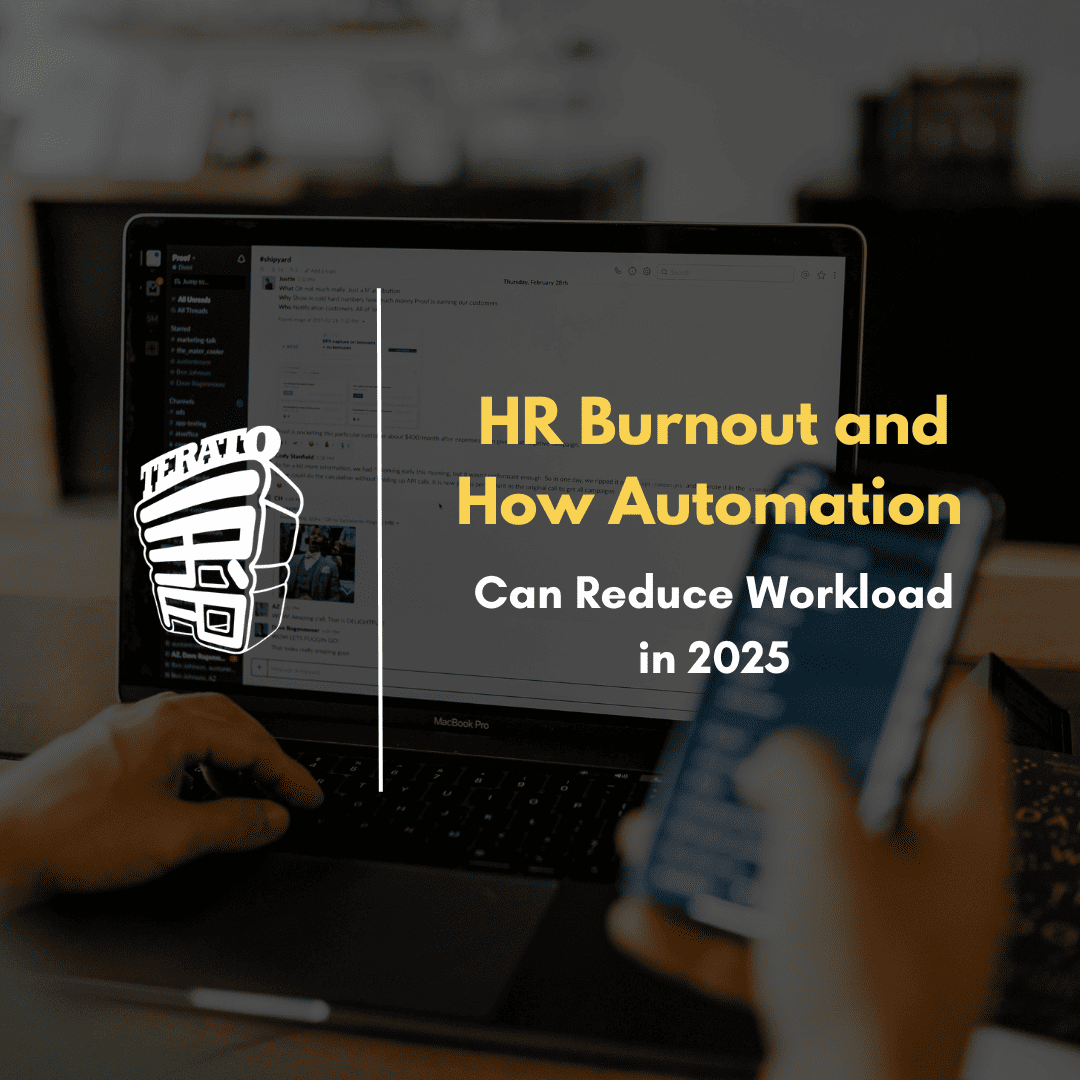HR Burnout and How Automation Can Reduce Workload in 2025
Share this to

Introduction
In 2025, HR professionals are facing increasing demands. With hybrid work models, new regulations, and growing pressure to attract and retain talent, HR teams are feeling the strain. This pressure is leading to widespread burnout across the profession. And when HR burns out, it affects the entire organization. From employee satisfaction to compliance. Thankfully, automation is emerging as a much-needed lifeline. By automating repetitive tasks and workflows, HR teams can reduce stress, boost efficiency, and focus on what truly matters: people.
Why HR Teams Are Burning Out
Burnout in HR often stems from a never-ending list of manual tasks. Leave requests are a prime example. Managing them manually, checking balances, coordinating approvals, updating calendars, can all be overwhelming. The onboarding process adds to the pressure. HR teams are responsible for sending documents, coordinating IT access, assigning training, and more. Doing this manually for every new hire eats up valuable time. Outdated systems make things worse. Many HR teams still rely on spreadsheets to manage employee records. This increases the risk of data errors and creates frustration when information is hard to find or update. Another common issue is chasing documents and signatures. Whether it’s contracts or compliance forms, HR often spends hours following up, hours that could be better spent elsewhere. On top of it all, poor communication across departments forces HR into a constant relay role. Without streamlined tools, even simple questions lead to endless emails and delays.
How HR Automation Systems Help Reduce Workload
HR automation is helping teams work smarter, not harder. By reducing manual input, it frees HR professionals to focus on high-impact work. Take leave management. Automated systems allow employees to request time off through a portal. Approvals happen automatically, and records are updated in real time with no manual follow-up required. Employee onboarding has also been transformed. Offer letters, checklists, and welcome emails can be sent out automatically, creating a consistent and efficient onboarding experience. Centralized HR platforms store all employee data in one place. This eliminates the need for spreadsheets and reduces the risk of errors, making updates and access quick and easy. Automated reminders help HR teams stay on top of important dates. Whether it’s performance reviews or policy acknowledgments, reminders are sent automatically, no more chasing people down.
HR Automation Benefits in 2025
The benefits of automation in 2025 go beyond saving time, though that’s a major win. Automating repetitive tasks can save HR teams several hours each week. It also improves the employee experience. Faster responses, smooth onboarding, and fewer delays create a more positive workplace environment. Better data management is another key advantage. Automation tools ensure records are up to date, secure, and easy to access, making reporting and compliance easier than ever.
Conclusion
HR burnout is a real and growing challenge, but it's not inevitable. With the right automation tools, HR departments can offload repetitive work, reduce errors, and enhance the experience for both their teams and the broader workforce. As 2025 continues to reshape the way we work, one thing is clear: automation isn't just a luxury—it's a necessity for a healthier, more effective HR function.
Share this to